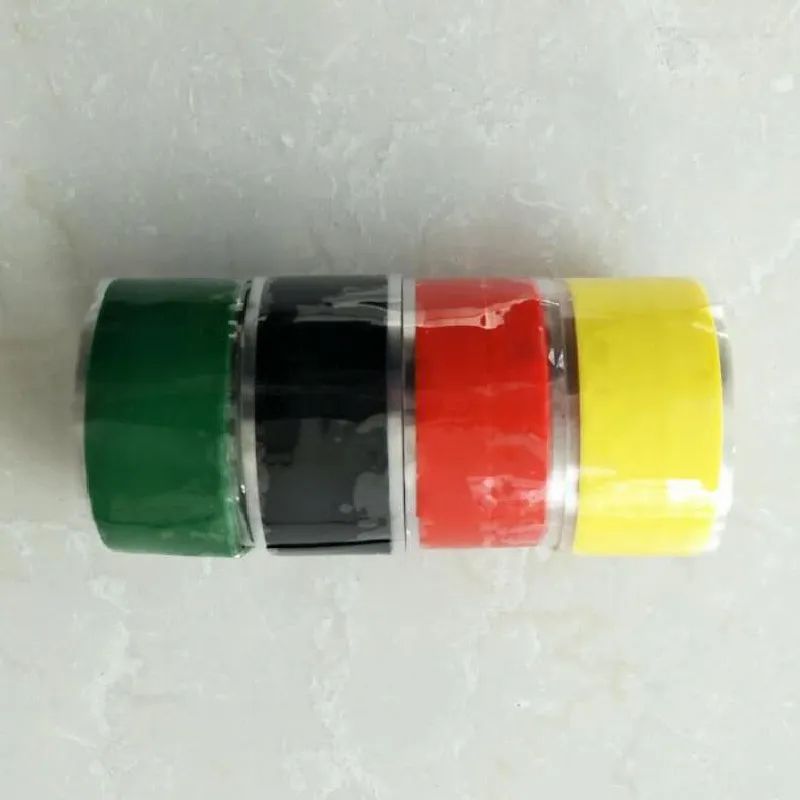The Benefits and Applications of Self-Annealing Tape
In the realm of modern materials, self-annealing tape has emerged as a game-changing innovation, particularly in industries requiring high-performance insulation solutions. This specialized adhesive tape is designed to enhance the efficiency and reliability of electrical insulation systems. With its unique properties and applications, self-annealing tape is rapidly gaining traction across various sectors, including electronics, automotive, and renewable energy.
What is Self-Annealing Tape?
Self-annealing tape is, in essence, a thermoplastic material that possesses the ability to bond with itself under heat and pressure. This property allows the tape to conform seamlessly to surfaces, creating a reliable and durable bond. The self-annealing process activates when the tape is subjected to elevated temperatures, leading to a cohesive joint that is both waterproof and thermally stable. This characteristic makes it particularly suitable for insulating electrical components and protecting them from environmental factors, such as moisture and dust.
Advantages of Self-Annealing Tape
1. High Temperature Resistance One of the standout features of self-annealing tape is its ability to withstand extreme temperatures. This makes it ideal for applications in settings where conventional tapes may fail. Whether it's in high-heat automotive environments or in energy systems that generate substantial heat, self-annealing tape remains stable and dependable.
self annealing tape

2. Waterproof and Chemical Resistant Self-annealing tape’s waterproof nature ensures that the electrical systems it protects remain safe from moisture-related damage. Furthermore, its resistance to various chemicals makes it suitable for use in diverse environments, including industrial settings where exposure to solvents or oils is common.
3. Easy Application The application of self-annealing tape is straightforward, requiring no special tools. It can be easily wrapped around components or surfaces, allowing for efficient installation. Once applied, the tape can be activated by heat, simplifying the bonding process and ensuring a strong, lasting adhesion.
4. Versatile Applications The versatility of self-annealing tape extends across multiple industries. In the electrical sector, it is used for insulating wires, cables, and other components. The automotive industry benefits from its application in heat shielding and protection of critical electrical systems. Moreover, in the growing field of renewable energy, self-annealing tape plays a vital role in solar panel assembly and wind turbine insulation.
Conclusion
In summary, self-annealing tape represents a significant advancement in insulation technology. Its unique properties of temperature resistance, waterproofing, and easy application make it an essential tool for a variety of industries. As the demand for efficient and reliable insulation solutions continues to grow, the role of self-annealing tape is set to expand further. Whether in electrical installations, automotive applications, or renewable energy initiatives, self-annealing tape is poised to enhance durability and performance, ultimately contributing to the development of safer and more efficient systems. The future of insulation technology looks promising with the inclusion of innovations like self-annealing tape, paving the way for more resilient and reliable applications in the years to come.
-
Versatility with Tape Electrical InsulationNewsJun.09,2025
-
Floor Marking Tapes For WareHouseNewsJun.09,2025
-
Enhance Your Projects with PVC Electrical TapesNewsJun.09,2025
-
Enhance Your Projects with Automotive Wiring Harness TapeNewsJun.09,2025
-
Enhance Your Automotive Fabric TapesNewsJun.09,2025
-
Enhance Electrical Projects with Cambric TapeNewsJun.09,2025
